Why is it that you can sit at the back of a well amplified room and not hear the speaker? Here are some key issues that contribute to that problem.
1. Microphone Use
Most people don't know how to use a microphone properly, and don't understand that every microphone has a sweet spot where sound picks up better, and projects better.
There are ways to learn how to project a voice, so that when your head turns sideways, you can still be picked up by the microphone well, and still fill the room with your sound. Learning to use a microphone is an essential skill in today's business environment.
2. Breath is high centred, and or displaced
One of the biggest contributors to vocal strain is the fact that the voice is often supported by an inadequate breath beneath it. Babies can flatten a restaurant without effort. Why? Do they do mad vocal exercises? No. They have a phenomenally connected sound, and open breath. If babies had as much tension in their breath pattern as adults do, we'd be rushing them madly to the emergency room, screaming that they were dying. Somewhere between babyhood and adulthood, tension got put into places that didn't help the impulse to create sound, but restricted it. Opening proper support is a process of creating a healthy impulse to create sound.
The mind impacts the body intensely, and sometimes a speaker can start getting ahead in his mind, and almost start dragging his body around after his mind - the head goes forward, the voice speeds up, and the breath and resonance disconnect. Vocal strain occurs.
Kinaesthetic, awareness, and the development of clear, defined breathing tools are critical to resolving the problem on an ongoing basis.
3. Projection is looked at as a function of throwing the voice AT the audience, rather than filling the room
One of my clients had a chronic and severe problem with a raspy voice, and really big difficulties with losing his voice. In the projection of his voice, he was high centring his breath, speaking at a pace that would make race horses tired, and insufficiently differentiating the muscular articulation of consonants. The pace was too fast, he didn't use the natural places in the body which amplify resonance for the voice, and the net result was a colossal hoarseness and discomfort.
This individual was a disciplined, hard working guy, with a great attitude. With training, he was able to move his voice forward in leaps and bounds, and has had it 'stick' as a habit that supports his business during a massive expansion, and an ever more demanding public speaking schedule.
What did we work on?
Anchoring a deep and powerful stance. Your feet, your pelvic floor - these are what give a voice power on the big notes. Anyone who is belting out a huge note on stage is stretching into every part of their body, and asking it to give it all.
Differentiating power, volume, and projection. A voice can be projected out into the far reaches of a room quitely, and be heard well. That is also a powerful voice. It's easy to be loud, but that doesn't mean you have vocal control, which amounts to being able to switch gears into 4th, and 5th on the highway. Most people try to drive in 1st gear at highway speeds and wonder why their gears (or voice) grinds.
Establishing resonance, and integrating a more cohesive and efficient sound.
Re-patterning breath support. My approach goes from the toes to the nose, and some of the exercises will make your abs burn the first time you try them for 2 minutes. You think I'm joking? No, not at all. Even people who can madly plank, or rip off sit-ups will whimper after doing these for 10 minutes.
It's an interesting process!
I've looked at a few videos recently, and was just delighted to see that not only did he learn some exercises, but he has fundamentally learned how to reset his voice, and maximize it's natural power and bring his enthusiasm into his public speaking with a lot of ease.
Bottom line - yes, if you think you can't be heard at the back of the room, it's a function of muscular and mental habits, more often than not.
These are things that can be adjusted with deep kinaesthetic awareness and training.

